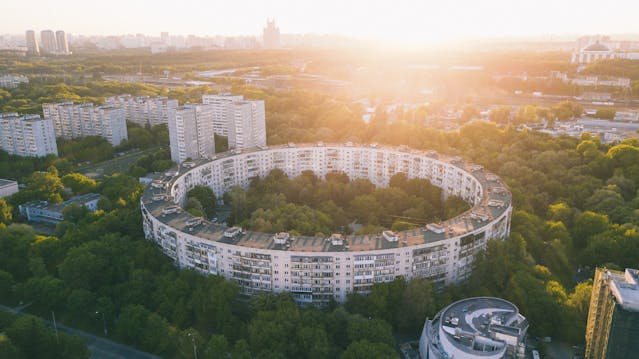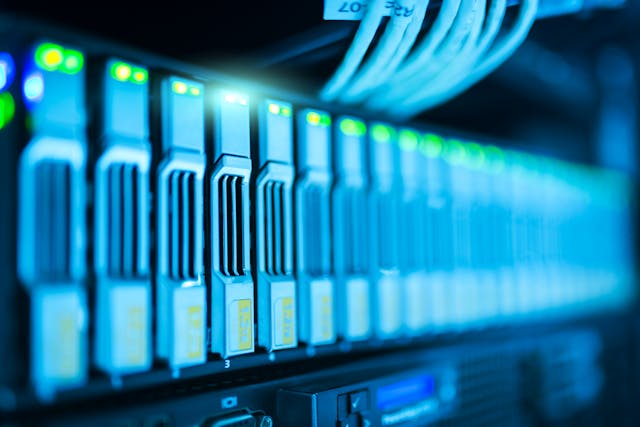
Future-Proofing Your Investment: Sustainable & Technological Apartment Block Trends
Future-proofing an investment in modern times has become all about making it as sustainable as possible. As environmental concerns grow and regulations tighten, developers and investors in vibrant urban centers like Manchester are increasingly recognising that building green is essential for long-term financial success.
This article delves into the world of sustainable apartment building trends, looking at lowering carbon footprints and increasing property value. This attracts a new generation of eco-conscious tenants that want to buy something that is built for the future, which can only be a positive for the world of investing and homeownership. With sustainability being the hottest thing on the market, this isn’t a surprise.
This article explores the current and future trends in sustainable apartment development, focusing on how these practices can lower environmental impact while simultaneously boosting property value. The benefits of adopting these trends are multifaceted, as they improve building performance while also boosting tenant satisfaction, reduced operational costs and a more resilient investment portfolio. Continue reading to find out more.
Sustainable Apartment Block Development
Energy Efficiency
Energy efficiency reduces operational costs for residents and landlords while also significantly lowering the building’s carbon footprint. This involves a multi-faceted approach to minimise heat loss in winter and heat gain in summer. The integration of renewable energy sources like solar panels and air source heat pumps can optimise heating, cooling, lighting and ventilation based on real-time occupancy and environmental conditions. Developers can create truly sustainable homes that are comfortable, cost-effective and environmentally responsible, appealing to the growing demand for greener living spaces in urban centres.
Sustainable Materials
Many apartment blocks made decades ago were made from unsustainable materials that weren’t locally sourced. This wasn’t good for the environment and it made the buildings less profitable in the future. It’s much better to use sustainable materials like reclaimed wood, recycled metal to create the skeleton and body of the apartment blocks, as this will give them a better carbon footprint. Low-carbon concrete also reduces the environmental impact and supports local economies.
Green Spaces
Integrating green spaces into apartment blocks is a crucial aspect of sustainable urban development, offering numerous benefits for residents and the environment. Some of the benefits of this includes:
- Improved Mental and Physical Health: Access to nature reduces stress and anxiety, improves mood and can even encourage social interaction. Exposure to nature encourages physical activity and social interaction among residents, fostering stronger community bonds and improving overall quality of life.
- Enhanced Air Quality: Plants filter pollutants from the air, contributing to healthier indoor and outdoor environments. Trees and plants absorb harmful gases such as nitrogen dioxide and carbon monoxide while trapping particulate matter on their leaves. This results in cleaner air both inside and around apartment buildings
- Mitigation of Urban Heat Island Effect: Green spaces provide natural cooling, which reduces temperatures in dense urban areas. Landscaped courtyards help to naturally cool these areas by providing shade and releasing moisture into the air through evapotranspiration. This reduces the need for energy-hungry air conditioning, helping to lower energy costs and carbon emissions.
- Increased Biodiversity: Even small green interventions can provide habitats for various plant and animal species. This contributes to urban biodiversity and encouraging wildlife corridors in cities also contributes to broader regional conservation efforts.
- Stormwater Management: Green roofs and permeable surfaces can help manage rainwater runoff. By mimicking natural water cycles, green infrastructure helps prevent waterlogging and pollution of nearby waterways, promoting resilience in the face of climate change.
Smart Technology
The newest addition to homes that makes a huge difference is smart technology, something that wasn’t available for apartment block designers years ago. Integrating smart home technology, such as automated security systems and energy-efficient appliances, caters to tech-savvy tenants and enhances property value. Having window coverings that allow you to control natural sunlight in the home can also be a good investment, as you can let in more light to save money on electric bills. Blinds in Watford have been designed this way for years.
Water Conservation
Strategies like the widespread installation of low-flow fixtures and upgrading to water-efficient appliances allow buildings to drastically cut down on daily consumption without compromising comfortability. Proactive leak detection, smart metering and ongoing resident education are important for fostering a collective responsibility towards mindful water use, ensuring that these high-density dwellings contribute positively to regional water security and a greener future.
Benefits of Sustainable Apartment Blocks
Increased Property Value
Properties packed with green features naturally have higher sales prices and rental income. Tenants love the lower running costs and developers get to future-proof their investment against environmental rules, which makes it a good purchase opportunity. Studies show that green buildings can pull in better capital value and rents compared to the more traditional alternatives. So, if you’re looking to build your own apartment blocks or invest in another one, you should always look for those green features that will add to the value.
Lower Operating Costs
The significant decrease in operating costs is one of the main advantages of sustainable apartment buildings. Energy consumption is significantly reduced by energy-efficient designs, such as smart HVAC systems, high-performance windows, LED lighting and better insulation. When operating costs of owning an apartment block is lower, it makes it a more attractive option for investors or buyers.
Long-Term Investment Stability
Having green living spaces ensures consistent tenant demand and lower vacancy rates, which leads to more predictable rental income. This makes it a much safer investment. Environmental, social and governance factors also become important for institutional investors and landlords, as sustainable assets are viewed as less risky. This enhances their attractiveness for investors in the long-run.
Reduced Environmental Impact
Using renewable energy, sustainable materials and green construction practices allows these buildings to contribute less to climate change and pollution. Whether it’s reducing carbon emissions or minimising waste sent to landfills, green apartments are designed with the planet in mind. The adoption of eco-friendly technologies like rainwater harvesting and energy-efficient HVAC systems ensures that these properties are aligned with global sustainability goals. Not to mention that using bamboo panels instead of concrete panels is far more sustainable and eco-friendly, especially when they need to be removed and disposed of.
Final Thoughts
Sustainability is the future for apartment block design with investors being more attracted to purchasing and renting properties that are eco-friendly. These will have the biggest chance of increasing in value in the future, making them a safe bet for future-proofing your investment. Whether it be LED lighting being installed across the entire building or it being made from sustainable materials, it can all have an impact on reducing its carbon footprint. Those who own these buildings will also have lower operating costs, which will only increase profits for their investment.


